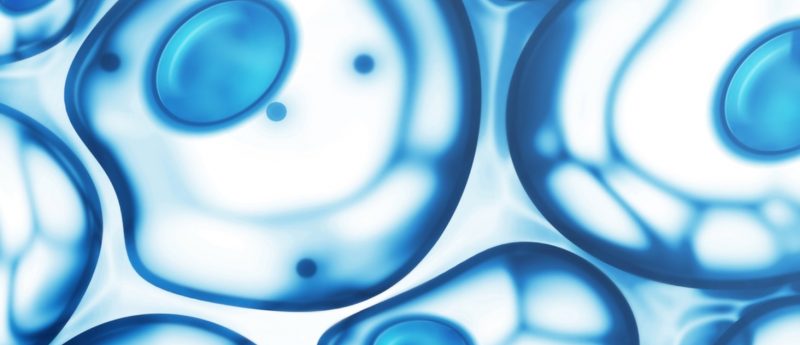Method to predict activity of mesenchymal stem cells in diseased tissues may aid development of cell therapies

Scripps Research Institute (FL, USA) researchers have developed a method for predicting activity of mesenchymal stem cells in different tissues, which could help evaluate potential stem cell therapies for different diseases.
Stem cells have two key functions: their ability to differentiate and their direct, mainly paracrine, effector functions — angiogenesis, anti-inflammation and immunomodulation. A study led by Professor Donald G Phinney from the Florida campus of The Scripps Research Institute (FL, USA), who is acting chair of Scripps Florida’s Department of Molecular Therapeutics, identified a method to forecast how mesenchymal stromal or stem cells will behave in different diseases.
As Phinney explains, this could potentially be a useful tool for supporting the research and development of cell-based therapies: “We found a coordinated link between stem cell properties and their functions … With this new information, we can begin to predict how these functions can be manipulated to make the cells more therapeutically relevant.”
Mesenchymal stem cells are currently being tested in human clinical trials for different indications such as ischemic, inflammatory and immunological diseases, but most completed trials have had suboptimal outcomes due to the inability to predict the effectiveness of different donor populations, which are functionally heterogeneous.
The team therefore analyzed the levels of transcription factor TWIST1 in different human donor populations, and found higher levels of TWIST1 produced more angiogenic effects, while lower levels produced more anti-inflammatory and immunosuppressive effects. Altering levels of TWIST1 in vitro and in vivo in animal models resulted in a predictable change in stem cells’ functional traits.
The team created a Clinical Indications Prediction (CLIP) scale for predicting the therapeutic potential of mesenchymal stem cells for a given disease indication based on their levels of TWIST1. “There are a number of clinical trials testing mesenchymal stem cells to treat arthritis,” said Siddaraju V Boregowda, the first author of the study. “Since angiogenesis is a key part of the disease process, stem cells with high levels of TWIST1 (indicating they are more angiogenic) would not be beneficial. These cells might be helpful instead for indications such as peripheral vascular disease where new vascularization is beneficial. The proposed CLIP scale accurately predicts these indications and contra-indications.”
Sources: Boregowda SV, Krishnappa V, Haga CL, Ortiz LA, Phinney DG. A clinical indications prediction scale based on TWIST1 for human mesenchymal stem cells. EBioMedicine doi:10.1016/j.ebiom.2015.12.020 (2016); www.scripps.edu/news/press/2016/20160229phinney.html.